|
The recent NSW state election that saw Labor come to power promises a fresh start in tackling the many challenges facing the state. One of the biggest challenges in the state of Transport for NSW, and its addiction to toll roads. Better Streets, is focused on sustainable and equitable transport solutions, with a focus on equal access to streets for all people, by a wider range of modes including walking, cycling, and public transport. Better Streets supports the idea of using motorways more fairly, particularly if they achieve their intended purpose of reclaiming space on local roads. By removing motor vehicles from local streets communities can benefit with slower-paced streets that are safer to cross and give room for children to walk and cycle comfortably to school. Better Streets suggests two ways that the toll-holiday promise of the new government could be built upon to strengthen equity of access for Western Sydneysiders, as well as mitigate the risk of induced traffic. Firstly, free up the surface streets that the motorways decongest. This can be achieved by:
Secondly, reallocate road space on these streets to other uses, such as bus priority, cycleways, extend the walking space and businesses. This can be be used to improve the streets scape, provide space for local street art, trees in pots, local businesses to spill out on the spare space. Note: Councils have just been given this temporary delegation under the Roads Act, giving them more control of minor works on their streets.
Thirdly, reduce the financial burden equally across modes, to encourage and sustain more sustainable (equitable, and environmental) travel patterns. This can be done by offering a discount on parallel bus and train lines for trips over 10km, reducing the number of fare bands and reviewing all rates, and offering a discount on bus fares in Regions 1 to 3 (Western Sydney). In London, a flat fee bus ticket resulted in a 16% rise in bus patronage even as fare revenue (i.e., costs to passengers) dropped about 9%. A single fare also speeds up buses since people don’t need to tap off. Consider increasing bus services in Western Sydney public transport on key routes to at least 4 services per hour, ideally 6 per hour, can speed up buses through bus priority lanes and flat fares. In conclusion, the Better Streets suggests that the new NSW government focus on creating sustainable, equitable, and environmental transport solutions as a priority focus for Transport for NSW. By building upon the toll-holiday promise and reallocating road space to other uses, reducing speeds, as well as reducing the financial burden of buses and increasing bus services, we can create a better transport system for all NSW residents. It's time to prioritise people over cars and make our streets more accessible, safe, and enjoyable for everyone.
0 Comments
Where are you based: Sydney / Gadigal What do you do for Better Streets? I've done some work on the website, trying to make it more streamlined to learn who we are and how to help out (like adding the big yellow "Get involved" button). I was one of the marshalls at the Better Streets Weekend as well. I also do work with BIKEast (who are Better Streets coalition members) advocating for better cycleways in the Eastern Suburbs. Lately I've been working on an online map to help people find bicycle infrastructure in their area so they can work out good routes to ride: https://sydneybikemap.ethan.link/ Why did you join Better Streets?
Riding my bike to explore Sydney and get around has been so good for my mental and physical health. There's nothing better than riding home after a tough day and feeling stoked afterwards, or taking a little detour along the way and discovering an interesting new place. I want us to build enough bike infrastructure so that everyone can have that experience. I'm also interested in making our streets more fun, beautiful, enjoyable places to be. I love walking through the city with friends, sometimes we will walk halfway around the city chatting without even realising it. George Street, Darling Harbour and Barangaroo are such beautiful places to be at night. Although sometimes we will accidentally walk to Barangaroo before we've eaten and then remember you can't get anything for under $20 there. What is your favourite street in the world and why? George Street for sure!! It's like the spine of our city, everyone walks down there if they want to go north/south. It's so full of activity, particularly in winter when it gets dark early, and there's some beautiful architecture along it too. And no traffic noise or fumes of course! It's what I show visitors to Sydney. Bourke Street in Surry Hills would be a close second, I love that it's such a long cycleway that takes you so many places. It's crazy to think it was completed all the way back in 2011 when there were barely any cycleways, and still holds up as a great quality cycleway. And soon to be connected properly to the city via Oxford Street! Where can we find you online: I have a Mastodon account where I post about cycleways, transport and urbanism. Mastodon works similar to Twitter but not controlled by a single company. There's lots of other great urbanist and cycling folk on there. Mastodon: https://urbanists.social/@SydneyCyclewaysFan Dr John Stace has finished his journey by e-bike across Australia from Perth to Sydney. The 5,000 kms took 63 days of riding 80 kilometres a day. He did this to raise awareness of the need to create Better Streets for people to support healthier and happier lifestyles. John travelled solo across the Nullarbor, a treeless desert 1,100km across. He camped along the way. Roadhouses are 300 kilometres apart so he carried 3 bike batteries. He caught a ferry from Cowell to Walleroo near Adelaide. Getting to Adelaide took 29 days, 2,700 kilometres across incredibly harsh arid desert. It's the only road to Perth, the world's most isolated capital city with loads of freight trucks for which he had to pull over for to let them pass. John stopped at Adelaide, because of the massive floods across 4 states, some areas where he was to travel to were being evacuated. It was unsafe to continue and the decision was made for him to return home to Perth and to re-commence in mid March. In March the journey restarted, ohn rode to Albury-Wodonga along the might Murray River to Tumut, Jingellic through the Brindabella range to Canberra, camping all the way. After a 6 day break in Canberra over Easter loading up on Easter eggs, John was joined by his daughter Sara Stace for the final leg to Sydney and his 13 year old grandson for one day. Canberra to Shellhabour, Wollongong with a 2 kilometre walk on a motorway at Kiama. Then up to Bundeenda to catch the ferry to Cronulla to arrive in Sydney. Today John and Sara dipped their wheels in the Pacific Ocean at Bondi Beach, marking the completion of John's goal of 80/80/80, 80 kilometres a day for 80 days before he's 80 years old. John says as a doctor if he could prescribe a pill that would make you healthier and happier it would be exercise. But we need streets where kids and grandkids can walk and ride safely. Better Streets help communities to ask for better footpaths, cycleways and street calming. You can donate to John's ride here. Better Streets is growing and has an opportunity for a paid position as a Campaign Manager to help manage that growth. The Better Streets Campaign Coordinator (BSCC) will support the Better Streets organisation and coalition. They will participate in community organising, play a large role in building the coalition, in training local groups, and managing and supporting volunteer advocacy efforts.
Full position details here. To submit an application: Email [email protected] with the subject Campaign Coordinator Application – [name]; and attach:
The new Temporary Delegation from Transport for NSW (TfNSW) makes it easier for local Councils to install pedestrian crossings (and other minor works) on local roads.
TfNSW has recently issued a new ‘Temporary Delegation to Councils’ that makes it easier for councils to install a range of minor traffic works on local streets by exempting these works from review by the Local Traffic Committee (LTC) process - see Temporary delegation to councils for minor works | Transport for NSW (full explanation and list of approved minor works). Previously councils did not control changes on local streets and required all new traffic control facilities on local streets to be reviewed by the Local Traffic Committee for their Local Government Area (LGA). Created in the 1970s, LTCs are unique to New South Wales. What does this change mean for Community? Under this delegation Councils are able to respond to requests for minor works such as pedestrian crossings without needing approval from an LTC. This change removes red tape and makes it faster for a Council to respond to a request and to implement their own priorities. (Note: This change is recent and not all Council officers are aware of the new Temporary Delegation). How can the Community use the new delegation to ask Council for a crossing on a local street? People in the community can approach Council with more confidence because Councils can now use the new delegation to seek a faster approval to install a pedestrian crossing, given the request meets TfNSW criteria, without approval from an LTC. The new Delegation only applies under certain circumstances, e.g.: not within 100 metres of a set of traffic signals, only on a local road with a speed limit of 50km/h or less, not on bus routes or within 50m of a light rail corridor. Community members approaching Council should ensure officers are aware of the new Temporary Delegation, and inform Councils officers that they are authorised to install crossings (and 10 other minor works) without LTC approval. Note: Community members should also be aware that TfNSW pedestrian warrants do not apply on local roads. Other minor works included:
It's time we start prioritising people over cars and designing #BETTERSTREETS for thriving communities and local businesses. Building walkable and accessible spaces encourages local businesses to extend their shopfronts, embrace alfresco dining and attract local customers, leading to a more engaging and thriving city for us all. Let's create public spaces that are inviting and inclusive for everyone. Share it on Facebook, Linkedin, Youtube, Twitter Who doesn't love a bit of controversy? The media love to feed us misinformation to stir a bit of controversy. Lucky we have some fact checkers in Better Streets who can bust the myths to reveal an accurate and evidence-based discussion about cycling and its benefits. It’s not uncommon for new bicycle infrastructure to ignite controversy, and the latest example is the Sydney Morning Herald “ A divisive form of transport’: Sydney’s cycling wars head to Oxford Street” (9 April 2023)". Myth #1: Cycling is a “divisive form of transport” Busted: Cycling is an affordable, healthy, and sustainable mode of transport. The benefits of cycling are so well recognised that it has support from people from all sides of politics across all three levels of government. Cycling reduces traffic congestion, air pollution, carbon emissions and noise pollution. It also has significant physical and mental health benefits and reduces chronic diseases such as obesity, diabetes, and heart disease. Every kilometre cycled on a separated cycleway has a $1.71 net health benefit. So if 2,000 bike riders cycle the 2km route every day, it will save our economy $2.5 million a year in health costs alone. Source: Wanjau MN, Möller H, Haigh F, Zapata-Diomedi B, Veerman L. Preliminary Report: Phase 2 of the Economic Active Transport Project to deliver a best practice method to cost the health benefits of active transport in NSW. https://www.health.nsw.gov.au/heal/Pages/publications.aspx: New South Wales Ministry of Health, 2022. Myth #2: Oxford St Cycleway will create a “cycling freeway” and harm small businesses Busted: The Oxford Street Cycleway is designed to create a buffer between fast-moving motor vehicle traffic and the footpath, which will make it more pleasant to walk. Research shows that cycleways actually benefit local businesses by increasing foot traffic and revenue - as bike riders often stop to buy things on the way. The claim that the cycleway will create a “cycling freeway” is unfounded. Myth #3: Community objections should not be ignored. Correct! Community objections are essential in the planning and implementation of bicycle infrastructure, and they should be heard and addressed. Community support should also not be ignored. Objections based on unfounded claims and myths should not be prioritised over evidence-based research and the broader benefits of cycling. The claim that none of the Oxford Street businesses favoured the cycleway is contradicted by open community consultation, which shows significant support for the cycleway. The SMH article even cites Theo Onisforou, owner of several properties on Oxford Street, who backs the cycleway because it will improve the look of the retail strip. ‘He said the inevitable slowing of traffic would encourage more walking and shopping along the street. Onisforou called on local businesses to get behind the cycleway “because in reality, it is what every cosmopolitan city in the world is doing and let’s not be NIMBYs”.’ Myth #4: Cycling infrastructure harms businesses. Busted: We understand the same number of parking spaces will be retained on Oxford St, and is a much simpler and quicker installation than the Bondi Junction cycleway because it doesn’t involve moving as many kerbs. Once completed the cycling infrastructure will likely increase foot traffic and revenue as it has elsewhere. The cycleway will promote walking, cycling and public transport, with little impact on parking, making it easier and safer for people to access local businesses. In conclusion, the article perpetuates several myths about cycling and its benefits. It is crucial to bust these myths to promote an accurate and evidence-based discussion about cycling and its role in promoting healthy, sustainable, and livable cities. Cycling infrastructure should be planned and implemented based on evidence-based research, community consultation, and a broad understanding of the benefits of active transport for individuals, communities, and the environment. Myth #5: Cycling infrastructure has unforeseen consequences, including obstructing access to the Royal Theatre on King St in the Sydney CBD. Busted: The claim that this new cycleway has impacted point-to-point drivers is misleading, as there hasn’t been a set-down point in that location for many years before the cycleway was installed. Cycling infrastructure can sometimes have some unforeseen consequences, but they are usually minor and can be addressed through careful planning and consultation. Myth #6: We don’t need separated cycling infrastructure, 40kmh is fine.
Busted: If we want a broad range of the community - including women, children and seniors - to feel safe riding a bike, we need separated cycling infrastructure. The suggestion of trialing a 40 km/h speed limit for Oxford Street is not evidence-based. Oxford St is a major route, with buses and heavy vehicles that isn’t suitable for mixing people riding bicycles with these vehicles. Better Streets welcomes the incoming NSW government and has requested to meet with the new ministers; The Honourable Joanna Haylen MP, Minister for Transport, The Honourable Michael John Graham MLC, Minister for Roads and The Honourable Jennifer Aitchison MP, Minister for Regional Transport and Roads, to discuss Better Streets asks and programs that support the asks. We await a response.
|
Archives
July 2024
Categories
All
|
||||||

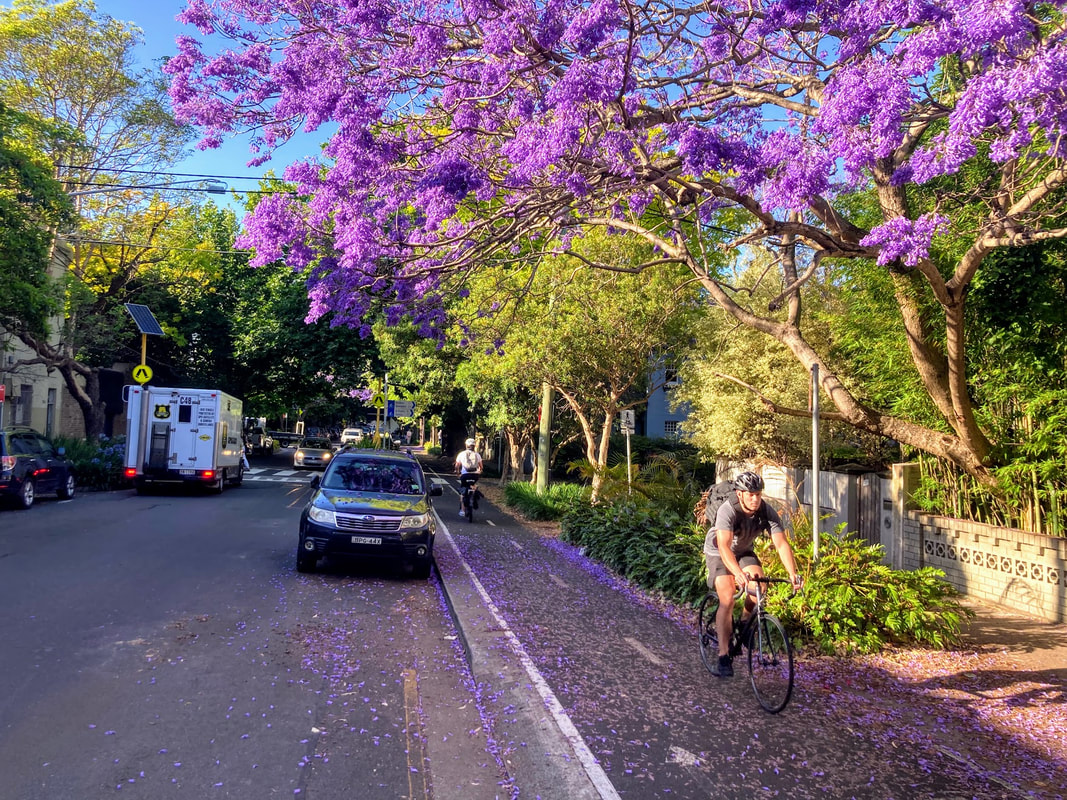
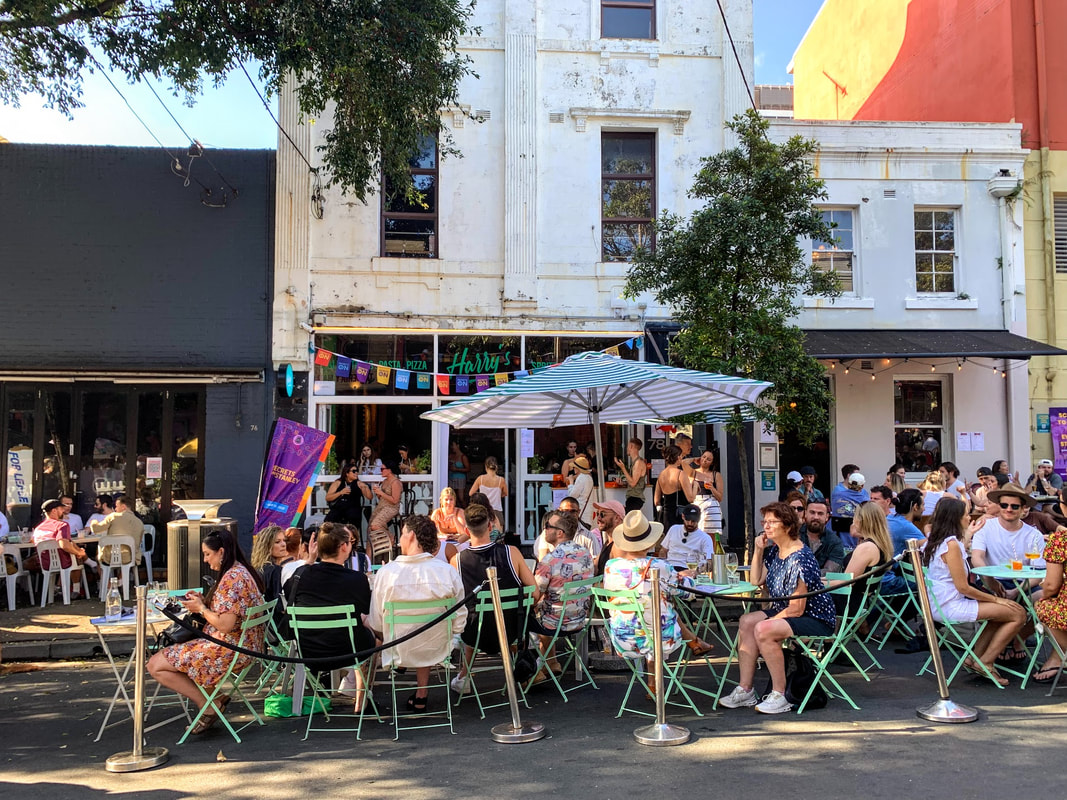
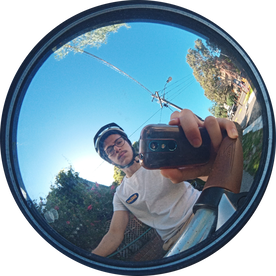
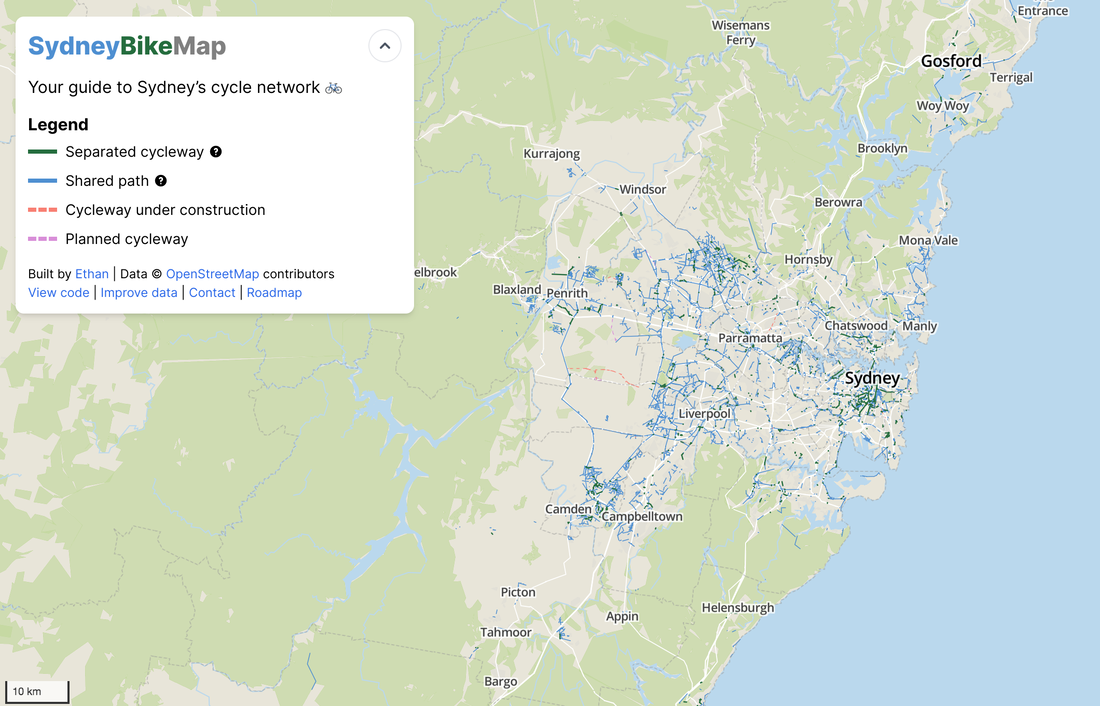
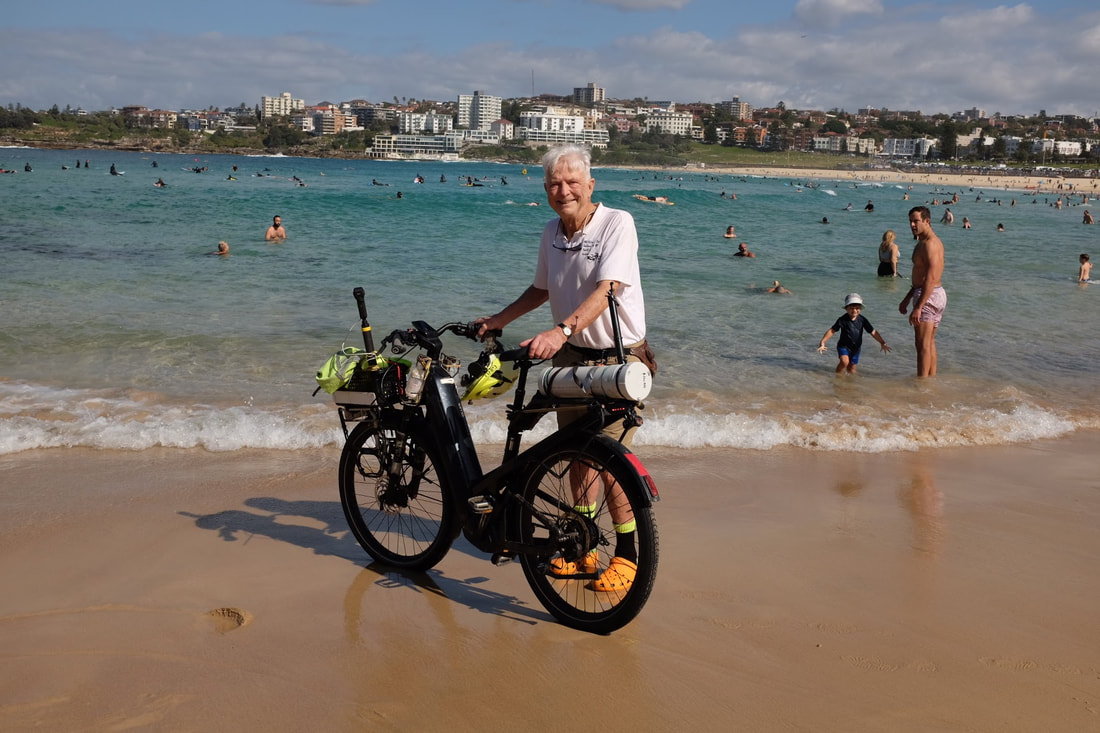
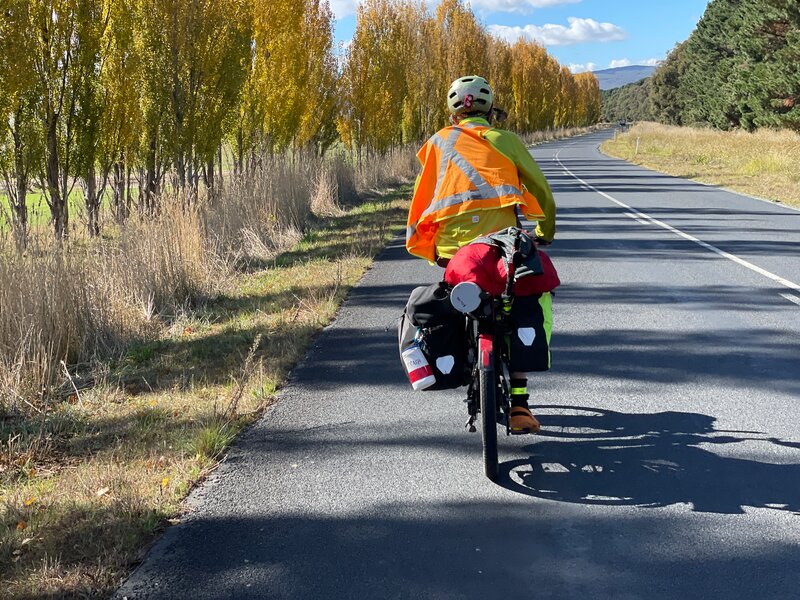
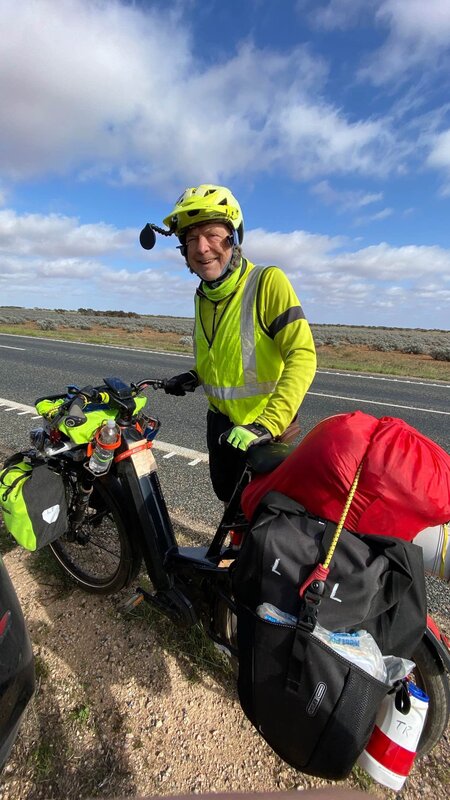
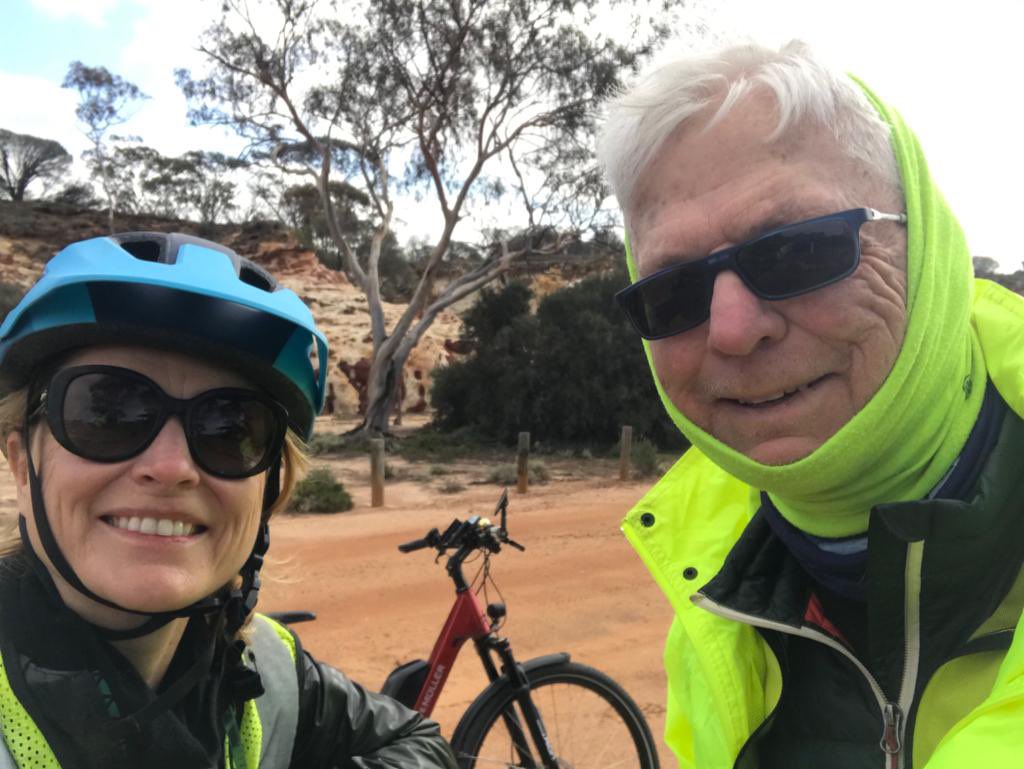
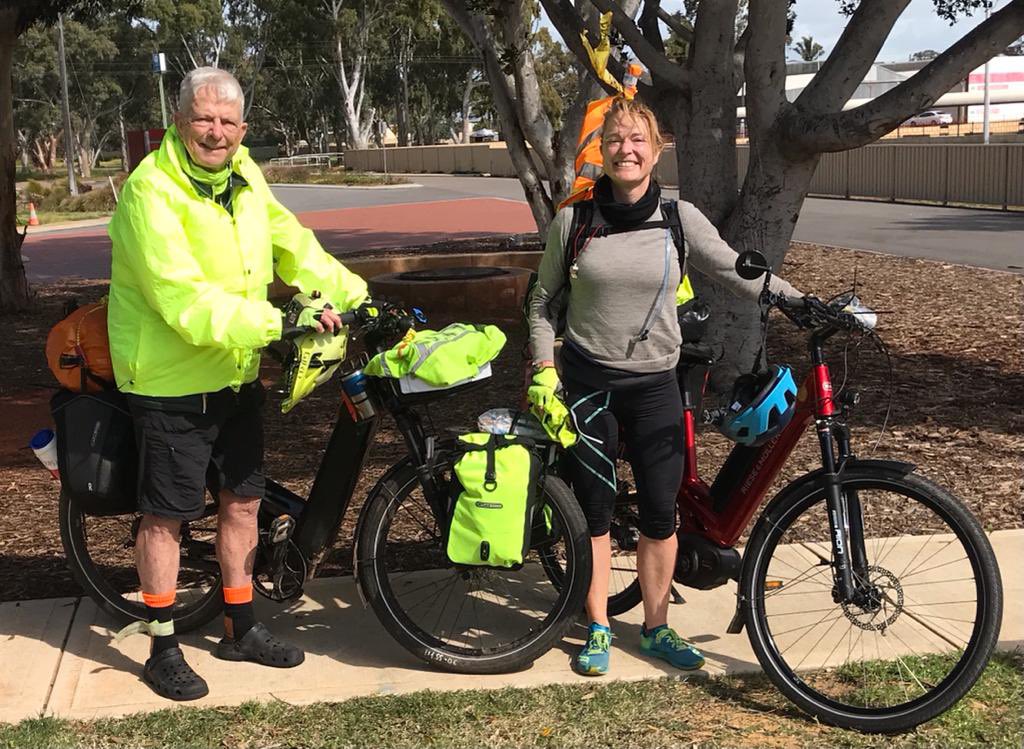
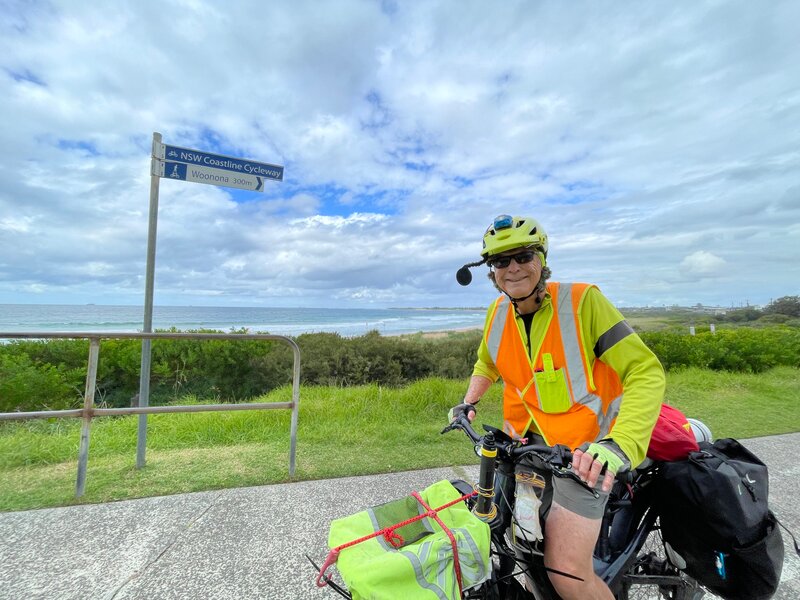
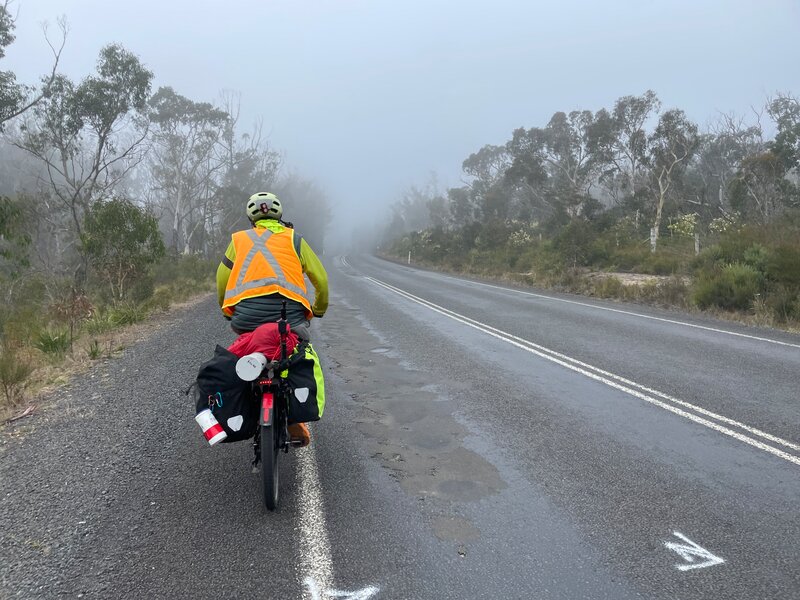
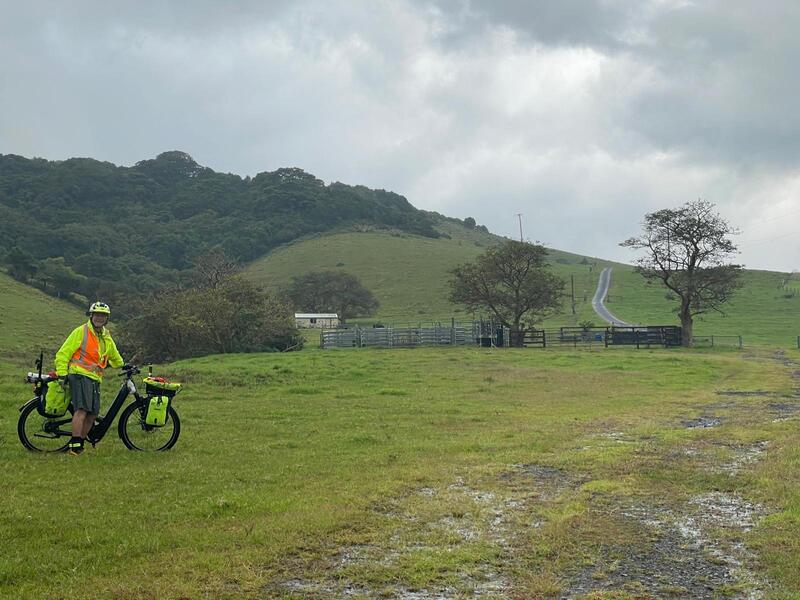
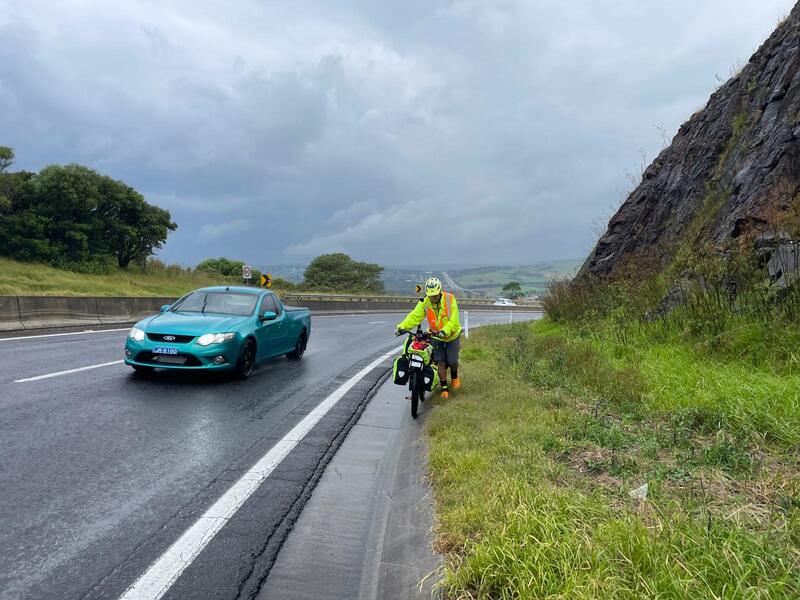
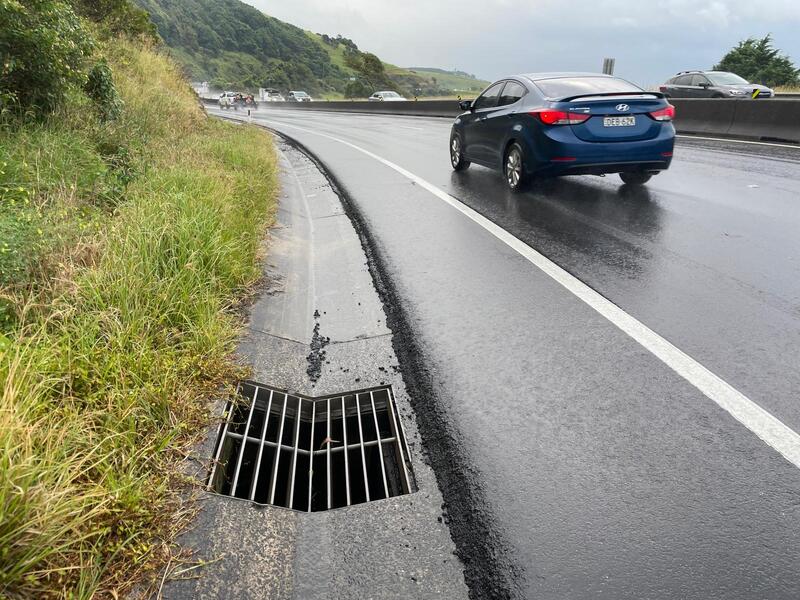
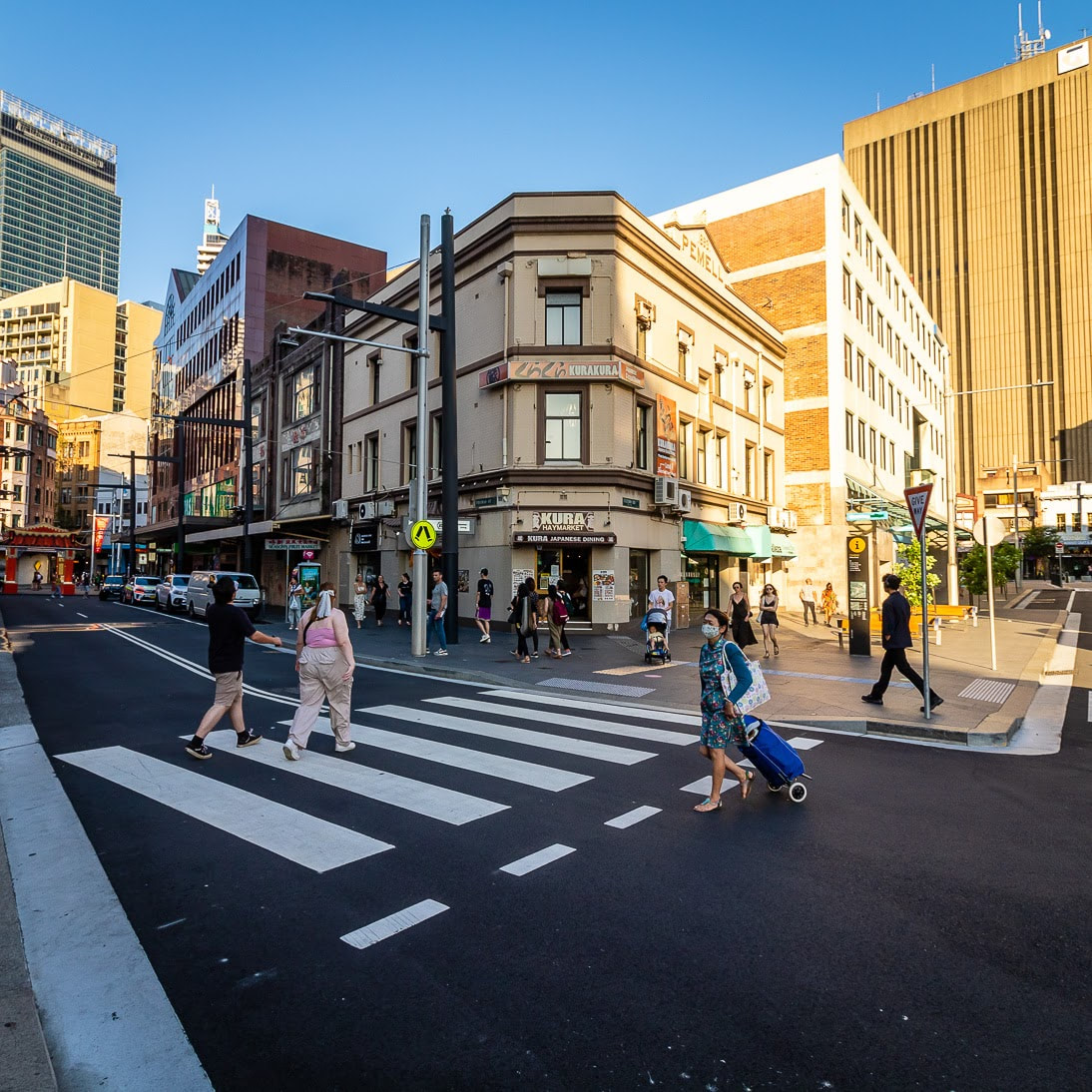
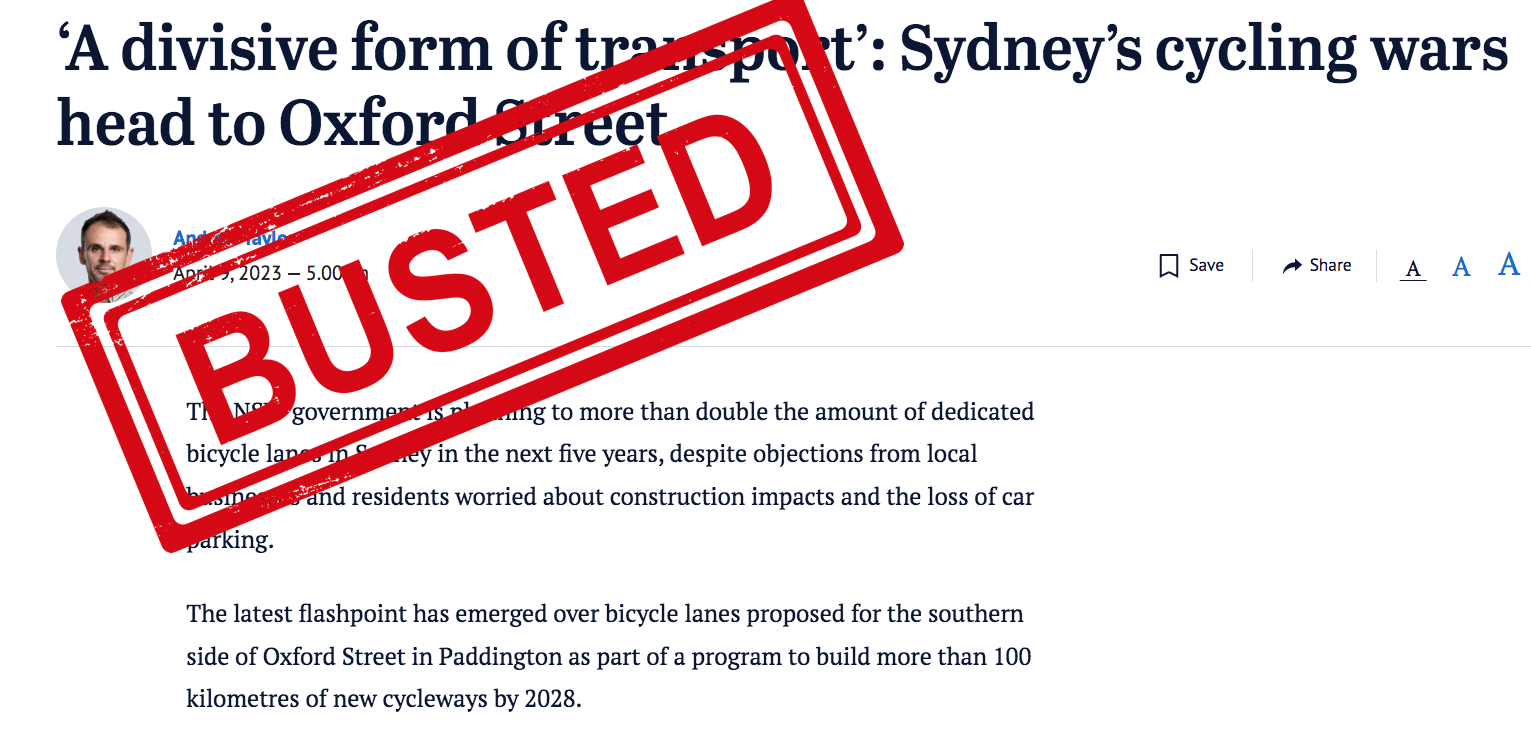
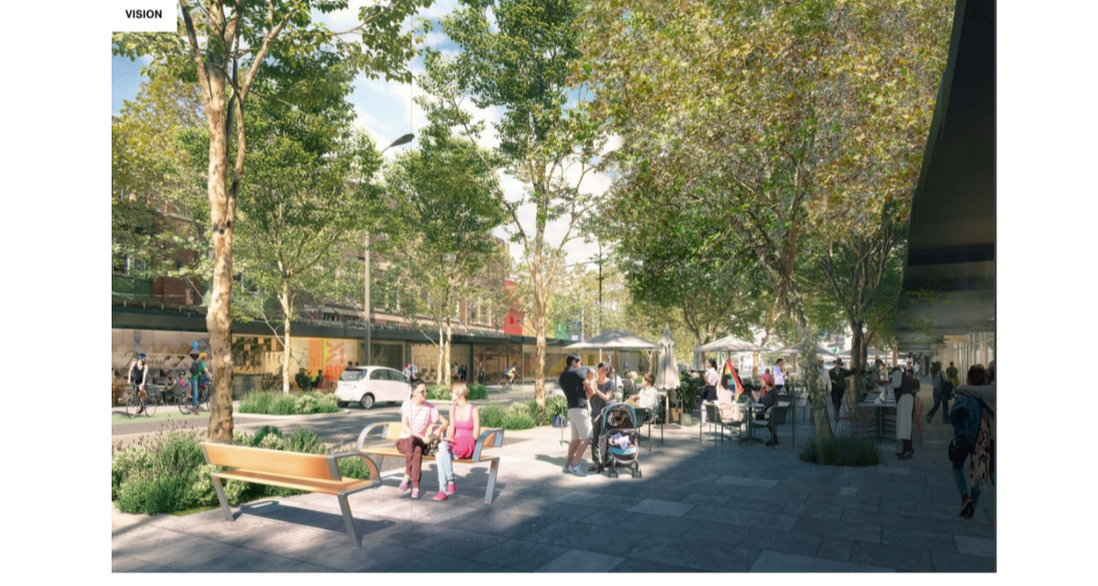

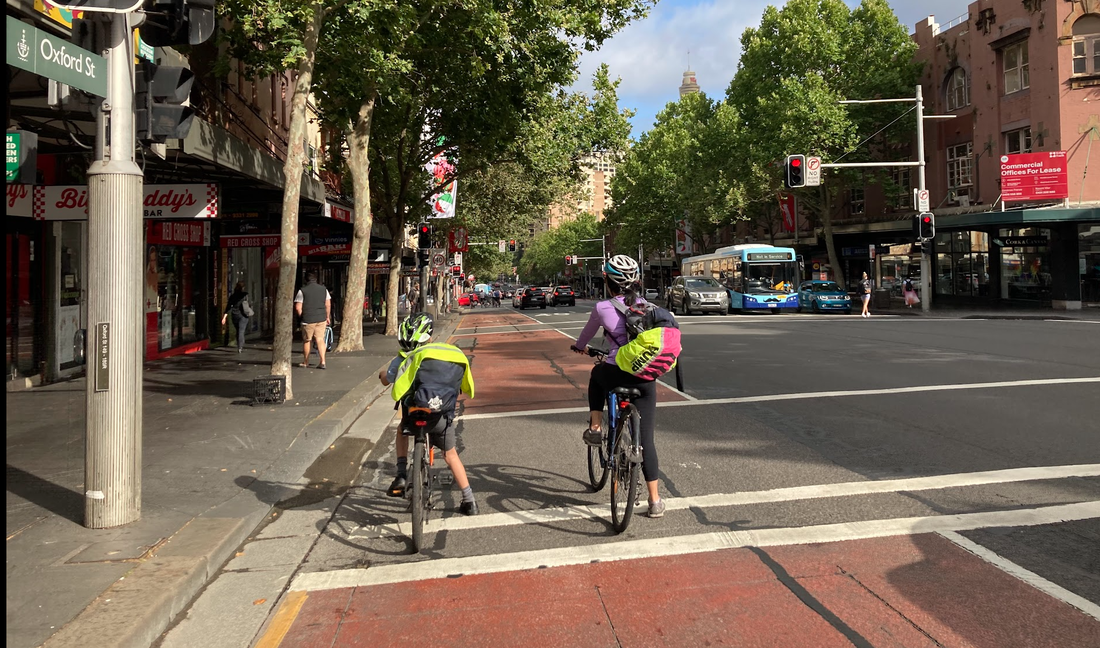
 RSS Feed
RSS Feed